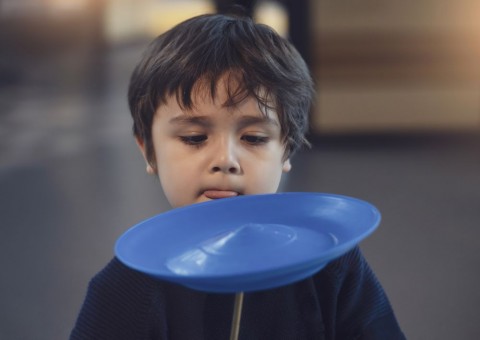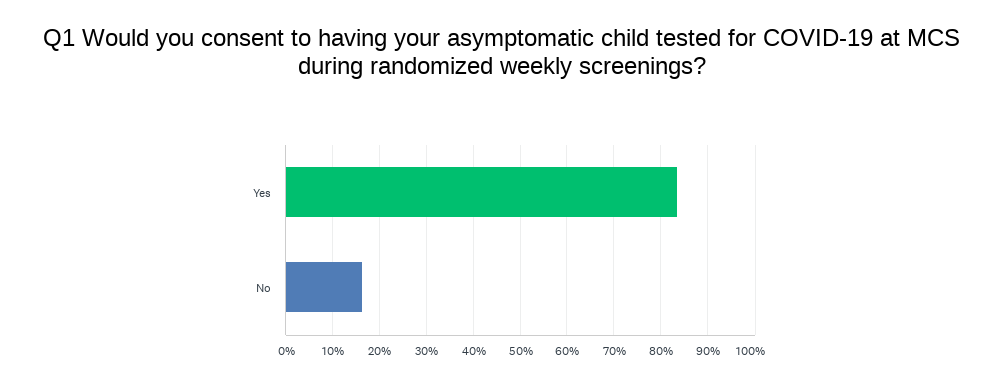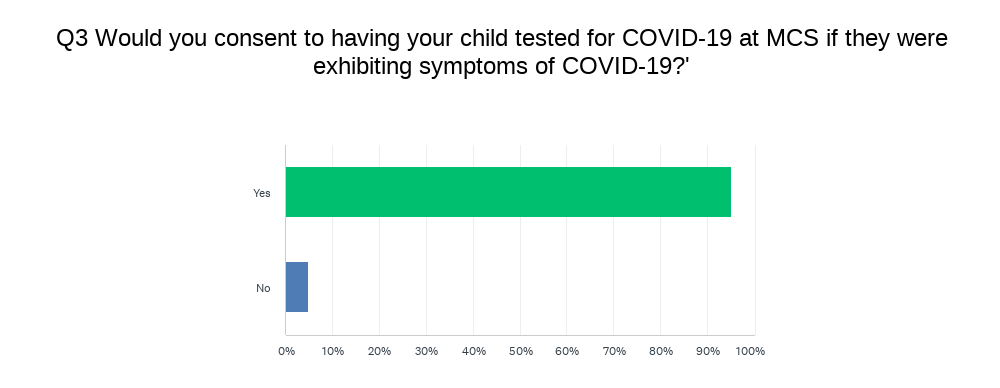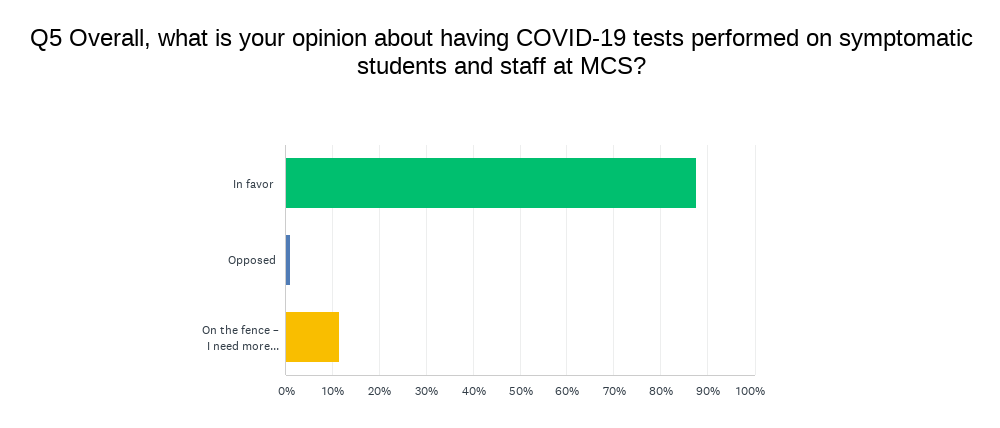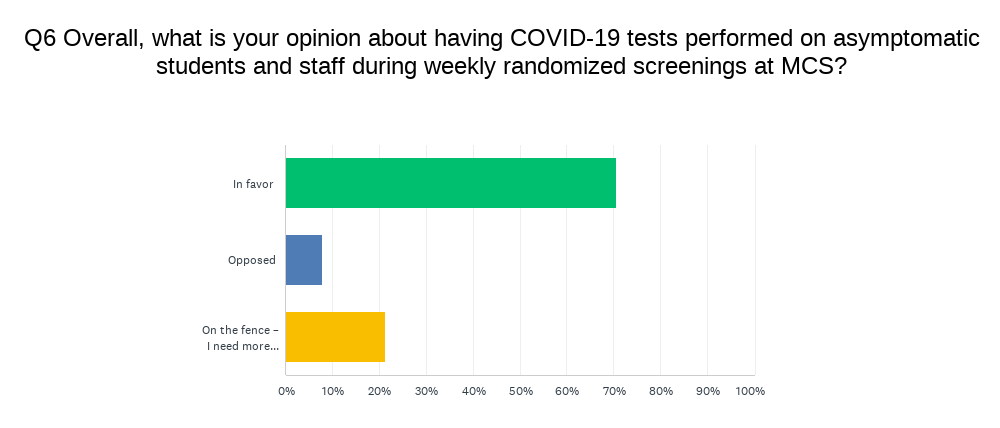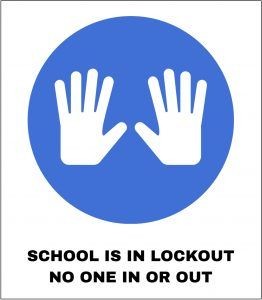Courage
It is amazing to observe the breadth of accomplishment that a Montessori environment fosters. Courage is not traditionally thought of as an educational outcome but then again Montessori is not traditional. For children, courage is the ability to try new things even if they are afraid and as they mature courage becomes the ability to do what is right and to do what is good.
For a child everything is new. That is the reality of childhood. The awesome task and purpose of childhood is to create the adult. Life takes courage to navigate and to become a fully functioning independent adult. It is this kind of courage that must be nurtured and practiced for it to become a practical virtue.
The courage to do what is right
We tend to identify courage with physical courage – running into a burning building, pulling people out of rivers etc. However, in real life every day common courage demonstrates itself in intellectual, emotional and spiritual settings. The courage to do what is right, to do what is good for others, to use our gifts, talents and opportunities well and wisely is the kind of courage practiced and displayed in a Montessori environment.
We well understand that the opposite of courage is fear. But for a child fear doesn’t yet have a definition. It is represented by an indistinct but palpable feeling of unease. For a child fear is “defined” by the unknown, the unfamiliar. (That is why Montessori children love and are so at home in their environments because of its constant sameness and familiarity.)
For the child, conscious fear starts from the unknown – the dog, the dark, strangers and then becomes attached to the inability (and frustration) of not being able to handle and control the environment – bringing it back to sameness. (Perfectionist children come to this earlier than others.) Then this fear attaches itself to the perceived rejection that comes from disapproval. The child, unconsciously thinks, that if I only do what is absolutely safe or what receives guaranteed adult approval I don’t have any reason to fear or face disapproval.

A sense of accomplishment and control
One of the hardest concepts for a new Montessori teacher to understand (and embrace) is that of not correcting children in the middle of their work. (This is particularly difficult for perfectionists and controllers.) Unless the child is damaging the material or endangering others or himself or being rude you let them continue. There are two outcomes to not correcting the child in the midst of the work. One, the child discovers his own mistake and corrects it which produces a sense of accomplishment and control. The second outcome is far more subtle. Because you are not corrected at every turn, you do not freeze up; you do not constantly look over your shoulder; you are not waiting for the next shoe to drop. You gain breathing room to make mistakes – that’s how we learn. In this way mistakes do not become the end of the universe or the world as we know it. The child is willing to try something new (which is an act of courage) without being weighed down with the fear of failure or reproof.
Not being corrected (all of the time) is the strange and unique Montessori training ground for courage. In trying something new the child gets to practice courage every day. Eventually, the child becomes used to trying new things without the overpowering fear of failure. The child learns to work their way through mistakes which becomes a normal part of life and the learning process – which is a significant part of adult life.
Life requires courage to live fully. The Montessori classroom provides daily opportunities to develop and practice courage.
by Edward Fidellow, www.crossmountainmedia.com



